L’UCI Granfondo Hainan est un nouvel UCI Gran Fondo sur l’île méridionale de Hainan comme dernière option de qualification en 2025. La course est organisée comme une course par étapes avec deux granfondos et un contre-la-montre le deuxième jour.
GRANFONDO JOUR 1
La première étape de l’UCI Gran Fondo Hainan se déroule au nord de l’île, près de l’aéroport international de Haikou. Le parcours de 110 km est plat et longe le littoral, de la place culturelle Lingao Wenlan à la place culturelle Danzhou Yangpu Binhai, en passant par la route panoramique côtière de Hainan. Avec seulement 557 m de dénivelé, cette étape est réservée aux sprinteurs.
CONTRE LA MONTRE JOUR 2
Le contre-la-montre se déroule sur un parcours de 19 km dans la zone de développement économique de Yangpu, près de l’arrivée du Granfondo du vendredi. Le parcours comprend une boucle de départ de 4,5 km suivie d’une boucle de 5 km à effectuer deux fois avant de revenir par la même route que celle utilisée lors des 4,5 premiers kilomètres. L’arrivée se situe à côté du départ.
GRANFONDO JOUR 3
Le Granfondo le dernier jour, est l’étape de montagne de cette course par étapes de trois jours. Le départ et l’arrivée se situent à Wuzhishan, à 200 km au sud de l’arrivée de la première étape et du contre-la-montre.
Partant d’une altitude de 300 m, la route monte rapidement jusqu’à 755 m après 28 km de parcours, avant de redescendre vers la vallée à 200 m d’altitude. La montée finale vers l’arrivée est de 13,4 km, avec une pente moyenne de 4,1 %, pour atteindre 787 m d’altitude.



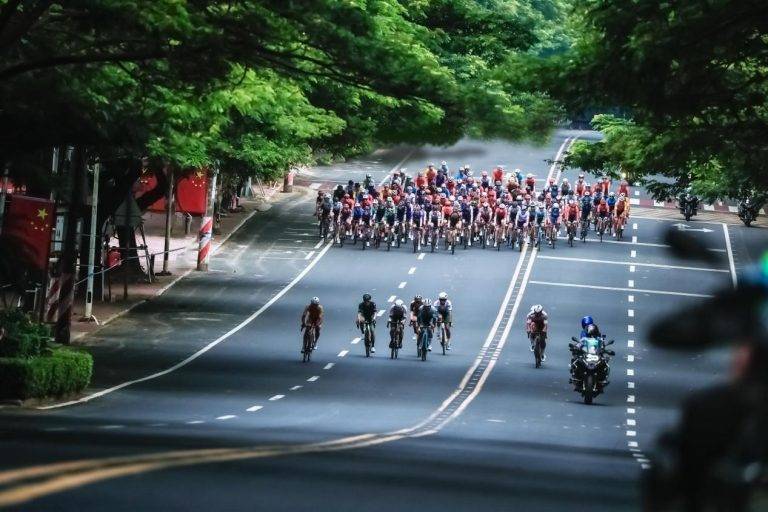
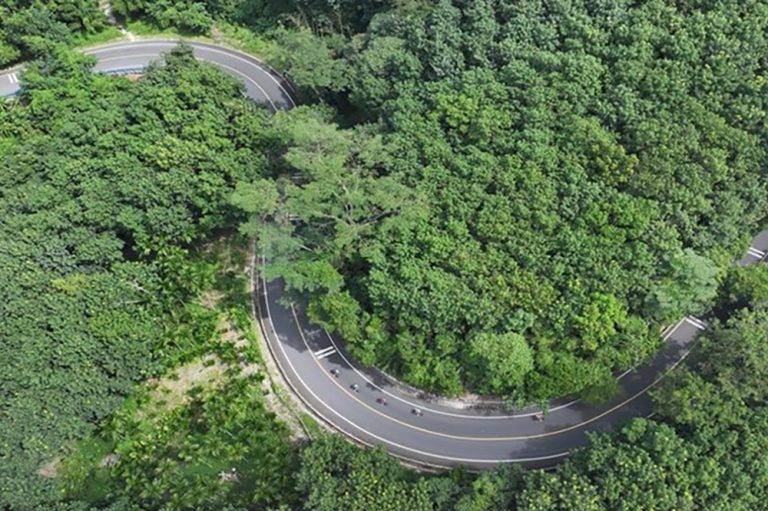
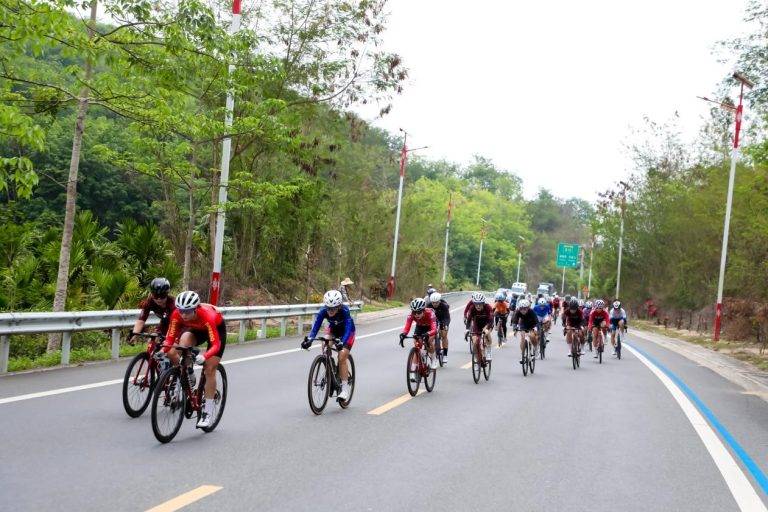
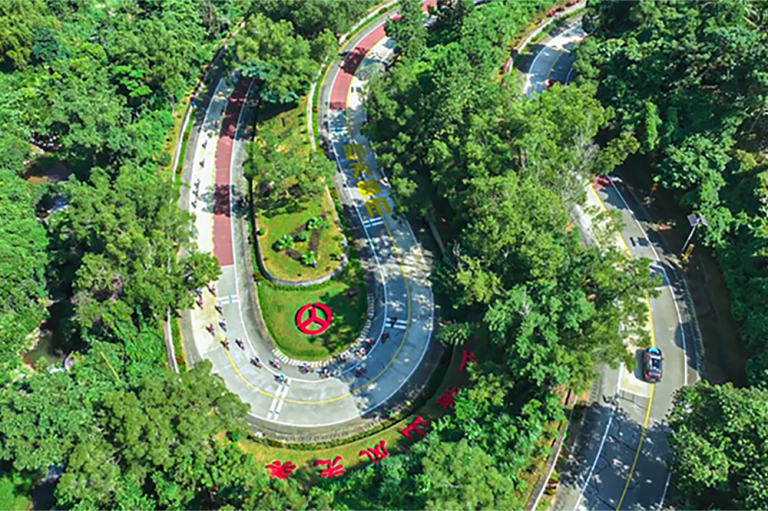
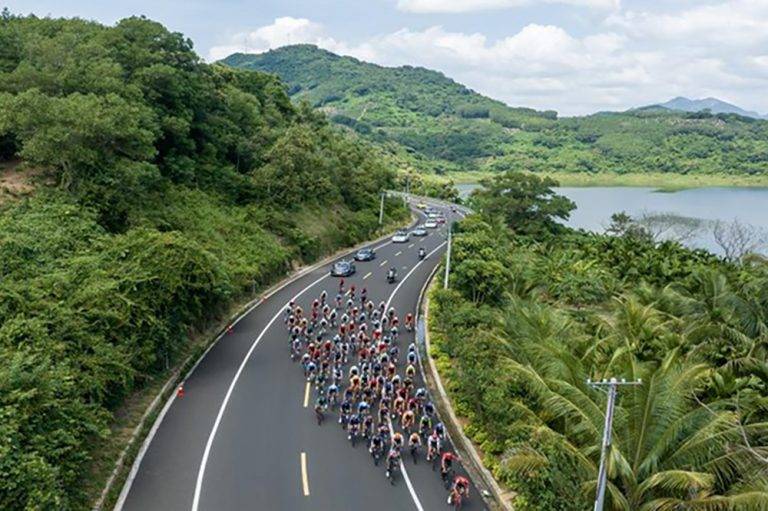
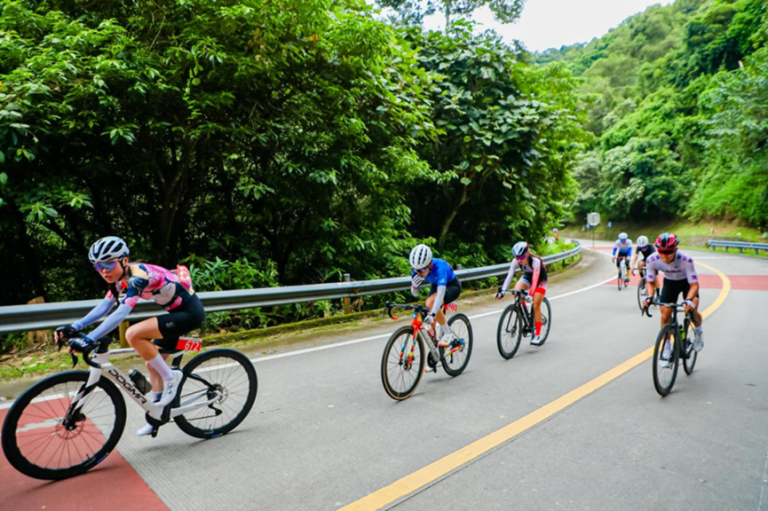
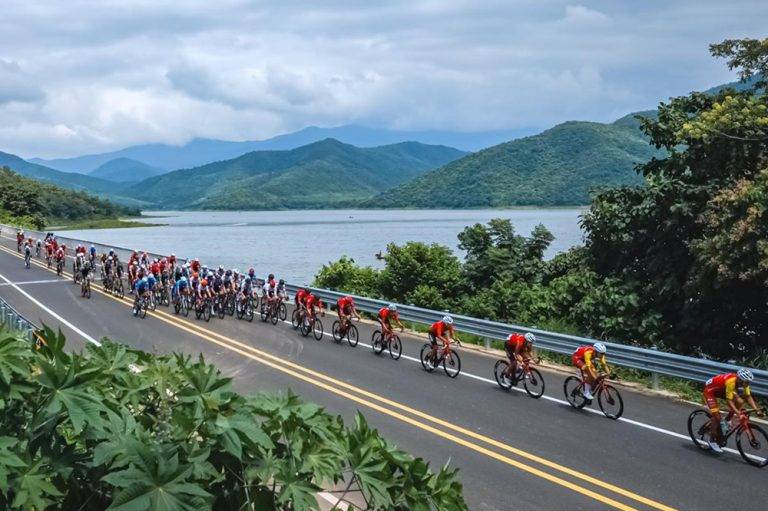
HAINAN
Hainan, souvent surnommée « le Hawaï de la Chine », est une île tropicale paradisiaque offrant une multitude d’attractions touristiques. Ses atouts les plus attrayants incluent des plages de sable blanc immaculées comme celles de la baie de Yalong et de Dadonghai, idéales pour la baignade, le bronzage et la plongée avec tuba et sous-marine. Au-delà de son littoral, les visiteurs peuvent explorer les forêts tropicales luxuriantes de régions comme Yanoda, randonner sur des volcans éteints au géoparc mondial du cluster volcanique de Haikou et se détendre dans des sources chaudes naturelles. L’île offre également une riche expérience culturelle, de la majestueuse statue de Guanyin de Hainan, haute de 108 mètres, au temple Nanshan, un site bouddhiste important, aux possibilités de découvrir les traditions des ethnies autochtones Li et Miao. Avec son climat chaud toute l’année, ses fruits de mer frais et ses festivals animés, Hainan offre une escapade tropicale complète.
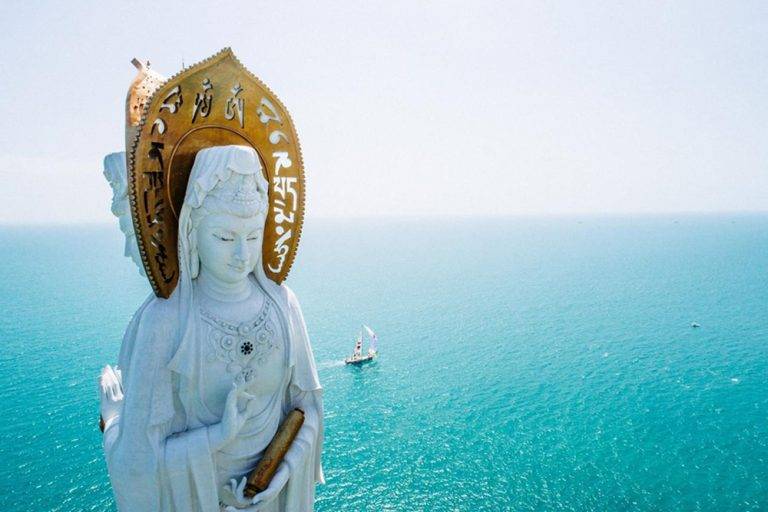
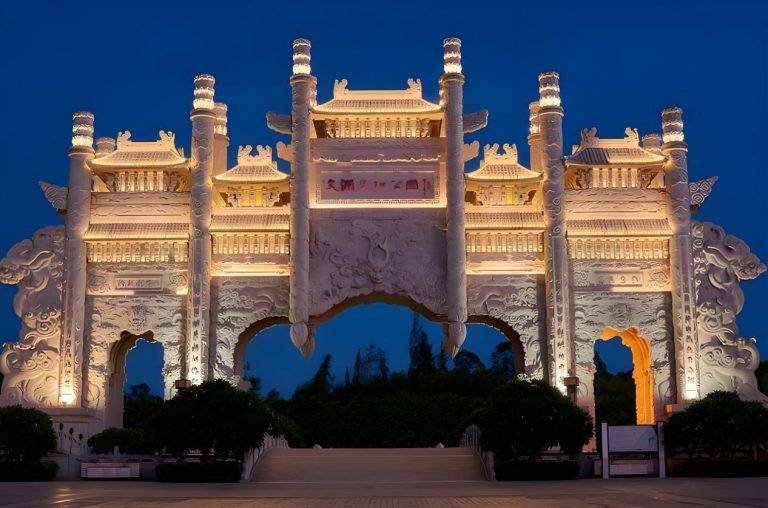
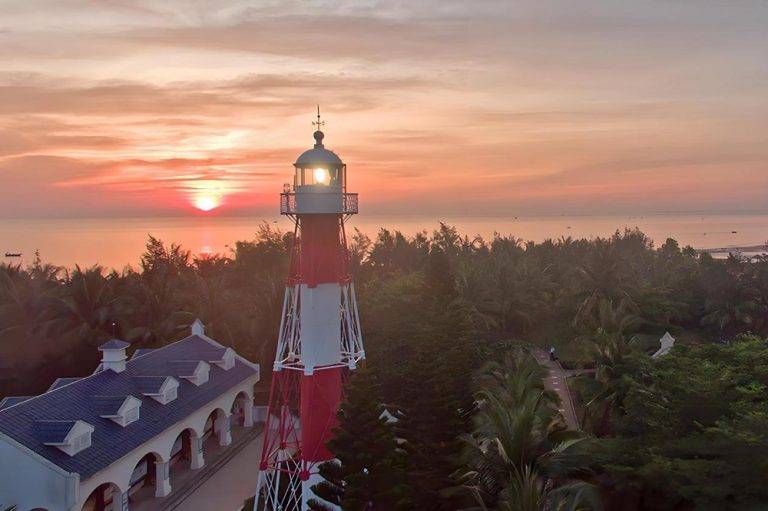
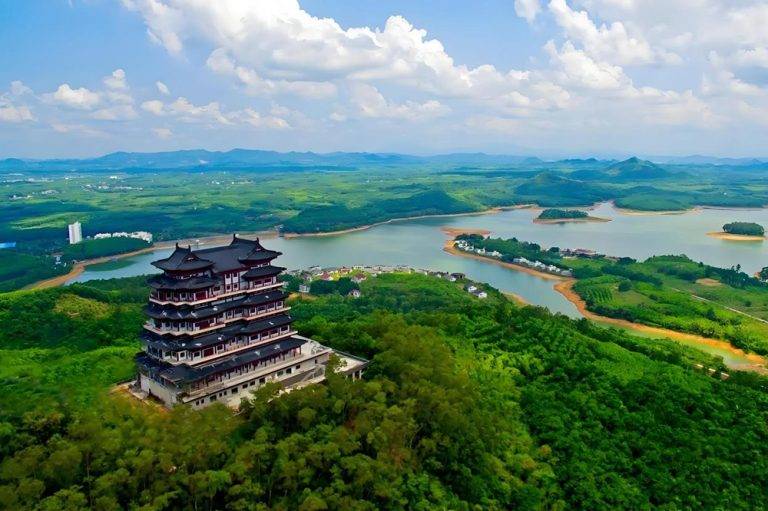
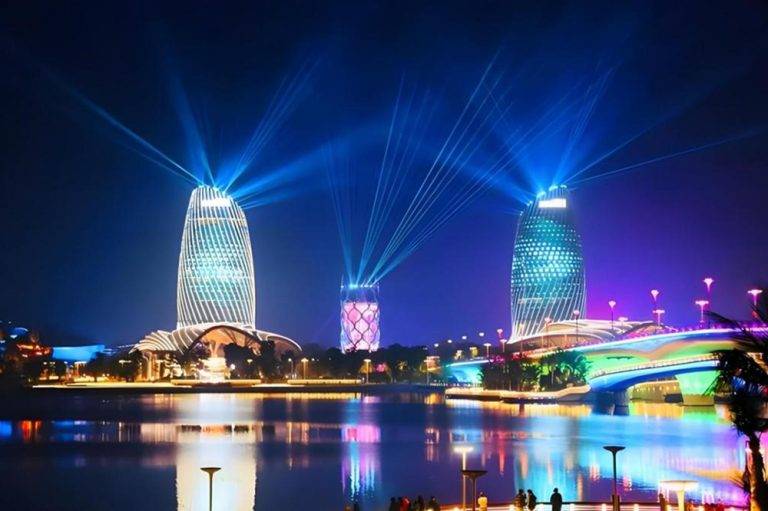
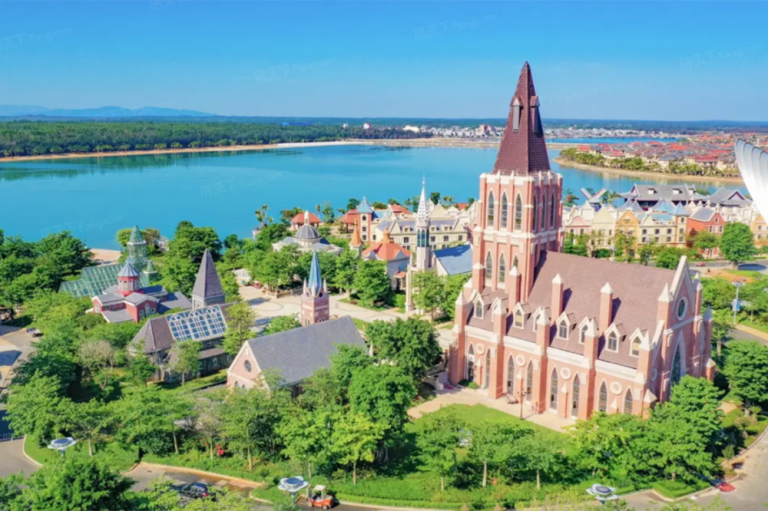
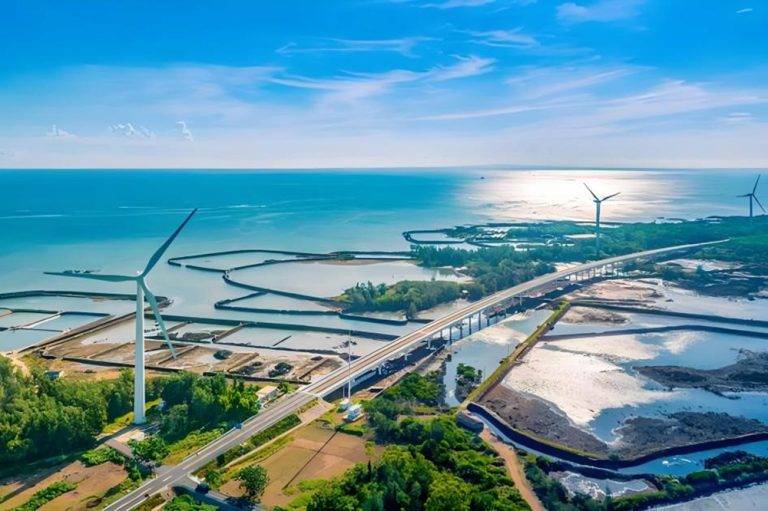
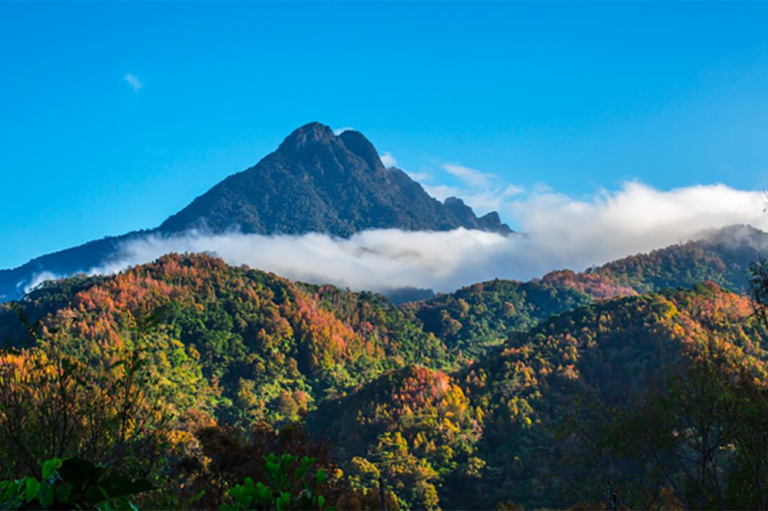
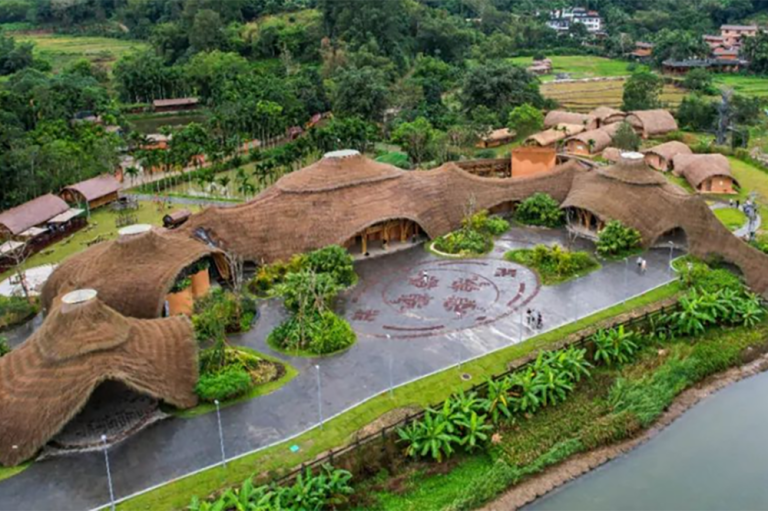
LINGAO
Located in the northwest of Hainan Island, approximately a one-hour drive from the provincial capital Haikou, Lingao County is a land of contrasts where crashing waves meet ancient volcanic rock formations, and the traditions of farming communities blend seamlessly with the vibrant folkways of its fishing villages. This unique fusion creates a captivating vision of natural and cultural wonders.
Scattered along its coastline are thriving ports like Xinying Port, Jinpai Port, and Maniao Port, while the lush Caiciao Mangrove Nature Reserve serves as a habitat for migratory birds such as egrets and black-faced spoonbills.
For travelers seeking novelty, choices like Bozong Village and the Touyang Haitang Fishing & Farming Cultural Tourism Zone offer immersive homestays, seaside foraging experiences, and water entertainment.
When hunger strikes, you can indulge in Lingao’s iconic flavors—earthen kiln seafood, roasted suckling pig, or crisp Duowen water spinach to satisfy your stomach!
Lingao’s charms await you! Whether you crave a coastal vacation, rustic village stays, wetland explorations, or sumptuous delicacy, Lingao offers endless possibilities.
DANZHOU
Danzhou, a pivotal city in western Hainan, harmoniously blends breathtaking landscapes, culinary delights, and profound culture. Known as “half seawater and half flame,” its signature landscape features volcanic coast. Cycling along Hainan Island Tour Highway in Danzhou, travelers encounter a striking visual contrast between eons-old black volcanic rocks and the unobstructed azure sea. White colossal wind turbines, original ecological seas, gusty winds, lighthouses, sea-eroded caves, ancient salt fields, and expansive primeval mangrove forests together create an atmosphere of untamed wilderness and grandeur—instilling a sense of liberation and oneness with nature.
The ancient Danzhou Diaosheng folk songs enchant with their melodious rhythms and distinctive style, while millennia-old salt-making techniques reveal the cultural essence of western Hainan, and a diverse array of local delicacies also immerses visitors in authentic, vibrant culinary traditions.
Adding to its allure, the event’s individual time trial and cycling activities will unfold on Ocean Flower Island—the world’s largest artificial floral-shaped tourism island. This multifaceted attraction integrates leisure, entertainment, shopping, conferences, and resort experiences, embodying a self-contained paradise for global travelers.
WUZHISHAN
Nestled in the south-central heart of Hainan Island, Wuzhishan is one of settlements of Hainan’s ethnic minorities, where the Li and Miao peoples preserve traditions steeped in primal simplicity and unique identity.
Framed by mountains and forests, this famous ecological tourist city is named after its towering mountain Wuzhishan, which is Hainan’s highest peak as well as the core of the Hainan Tropical Rainforest National Park with fresh air and natural splendor. With a year-round average temperature of 22.4°C, Wuzhishan offers a refuge from winter’s chill and summer’s swelter, and a resort that combines sightseeing and health care.
Streets in the city are lined with jackfruit trees, coconut palms, and flamboyant. The Nansheng River winds through the city, tracing the contours of this mountain. Here, breezy and foggy in the morning, gradually sunny at noon, and cloudy and rainy in the afternoon, painting surreal scenes where the east basks in sunlight while the west is drenched, and the sky is decorated by rainbows.
Besides nature’s drama, Wuzhishan is well-known as a living stage for Li and Miao ethnic traditional culture with singing, dancing, handicraft creation and performances. Its charm—embodied in ethnic-style lodgings, traditional hamlets, and unfiltered cultural vitality, all drawing travelers to admire and visit.


